Why Does My Underwear Make Me Itchy?
If you find yourself constantly itching and uncomfortable while wearing underwear, several factors could contribute to this unpleasant sensation. Itchy underwear can be attributed to various reasons, ranging from fabric choices to hygiene practices. Here are some common causes and solutions:
Fabric Sensitivity:
Some people are more sensitive to certain fabrics used in underwear. Fabrics like lace, nylon, or polyester may not allow proper air circulation, leading to irritation and itching. Opt for breathable materials like cotton, which is soft and gentle on the skin, allowing for better ventilation.
It’s essential to check the fabric composition of your underwear and choose options that suit your skin type. Washing new underwear before wearing it for the first time can also help eliminate any irritants from the manufacturing process.
Laundry Detergent Residue:
The detergent you use to wash your underwear might leave residues that can irritate your skin. Harsh chemicals, fragrances, or fabric softeners in some detergents can cause allergic reactions or skin sensitivity.
Consider using a hypoallergenic and fragrance-free detergent to wash your underwear. Ensure proper rinsing during the laundry cycle to minimize the risk of detergent residues irritating your skin.
Poor Hygiene Practices:
Inadequate personal hygiene can contribute to itching and discomfort. Bacteria and fungi thrive in warm and moist environments, so if you’re not maintaining proper hygiene, these microorganisms can cause irritation.
Make sure to wash your underwear thoroughly after each use, and avoid wearing damp underwear for an extended period. Change out of sweaty or wet underwear promptly to prevent the growth of bacteria.
Allergic Reactions:
Some individuals may experience allergic reactions to certain dyes or chemicals present in underwear. Check for any signs of redness, rash, or irritation on your skin, as these could indicate an allergic response.
If you suspect an allergy, switch to underwear labeled as hypoallergenic or free from irritating dyes and chemicals. Additionally, consult with a dermatologist to identify specific allergens causing the discomfort.
Incorrect Size:
Wearing underwear that is too tight or too loose can lead to irritation. Tight underwear can rub against the skin, causing friction and discomfort, while loose underwear may not provide adequate support, leading to chafing.
Ensure you are wearing the correct size by measuring yourself accurately and choosing underwear with a comfortable and supportive fit. Avoid overly tight elastic bands, as they can dig into the skin and cause irritation.
Can Underwear Be Washed with Other Clothes?
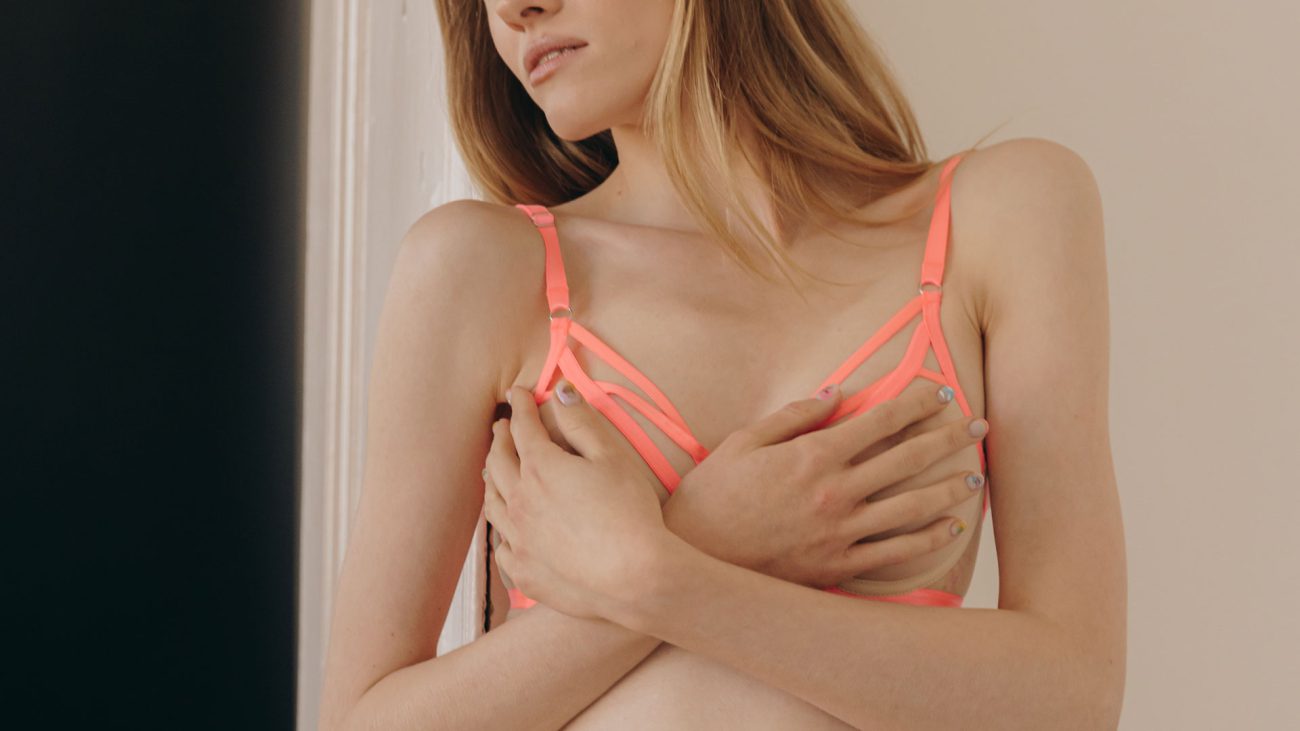
The question of whether underwear can be washed with other clothes often arises due to concerns about hygiene and the potential transfer of bacteria. Here’s a breakdown of factors to consider:
Hygiene Concerns:
Underwear comes into direct contact with your most sensitive areas, and some people prefer to wash them separately from other clothing items to minimize the risk of bacterial transfer. While the risk is generally low if you practice good personal hygiene, separating underwear in the wash can provide an extra layer of reassurance.
Color Fastness:
Consider the color of your underwear and the clothing items you plan to wash together. Dark or vibrant-colored underwear may bleed during the wash, potentially staining lighter-colored garments. To prevent color transfer, wash underwear with similar colors or separately.
Fabric Compatibility:
Different clothing items may require specific wash settings based on their fabric composition. Delicate fabrics in underwear may not withstand the same washing conditions as heavier fabrics in jeans or sweaters. Sorting your laundry based on fabric types allows you to use appropriate washing settings for each load.
Temperature and Detergent Compatibility:
Underwear often requires gentler washing conditions, such as lower temperatures and mild detergents. Washing underwear with heavily soiled or greasy items may necessitate higher temperatures and stronger detergents. Separating these loads ensures that each type of clothing receives the appropriate care.
Table 1: Laundry Sorting Guide
| Clothing Type | Recommended Wash Settings |
| Underwear | Gentle cycle, mild detergent |
| Dark-colored items | Cold water, color-safe detergent |
| White/light-colored | Warm water, bleach if necessary |
| Delicate fabrics | Gentle cycle, mild detergent |
How Regularly Should I Change My Underwear?

Maintaining good personal hygiene involves not only washing your underwear regularly but also changing it with an appropriate frequency. Here’s a guide on how often you should change your underwear:
Daily Change:
It is generally recommended to change your underwear daily. Wearing the same pair for an extended period can lead to the accumulation of sweat, bacteria, and other microorganisms, increasing the risk of infections and discomfort.
After Physical Activity:
If you engage in physical activities that cause sweating, such as exercise or outdoor sports, consider changing your underwear immediately afterward. Sweat can create a conducive environment for bacteria and fungi, leading to skin irritation and unpleasant odors.
Menstrual Hygiene:
For individuals who menstruate, changing underwear more frequently during menstruation is advisable. Menstrual blood, if not properly managed, can attract bacteria and cause infections. Changing your underwear regularly helps maintain cleanliness and reduces the risk of irritation.
Table 2: Recommended Underwear Change Frequency
| Activity/Scenario | Frequency |
| Daily wear | Change daily |
| After physical activity | Change immediately after |
| During menstruation | Change more frequently |
Should You Wear a Bra to Bed?
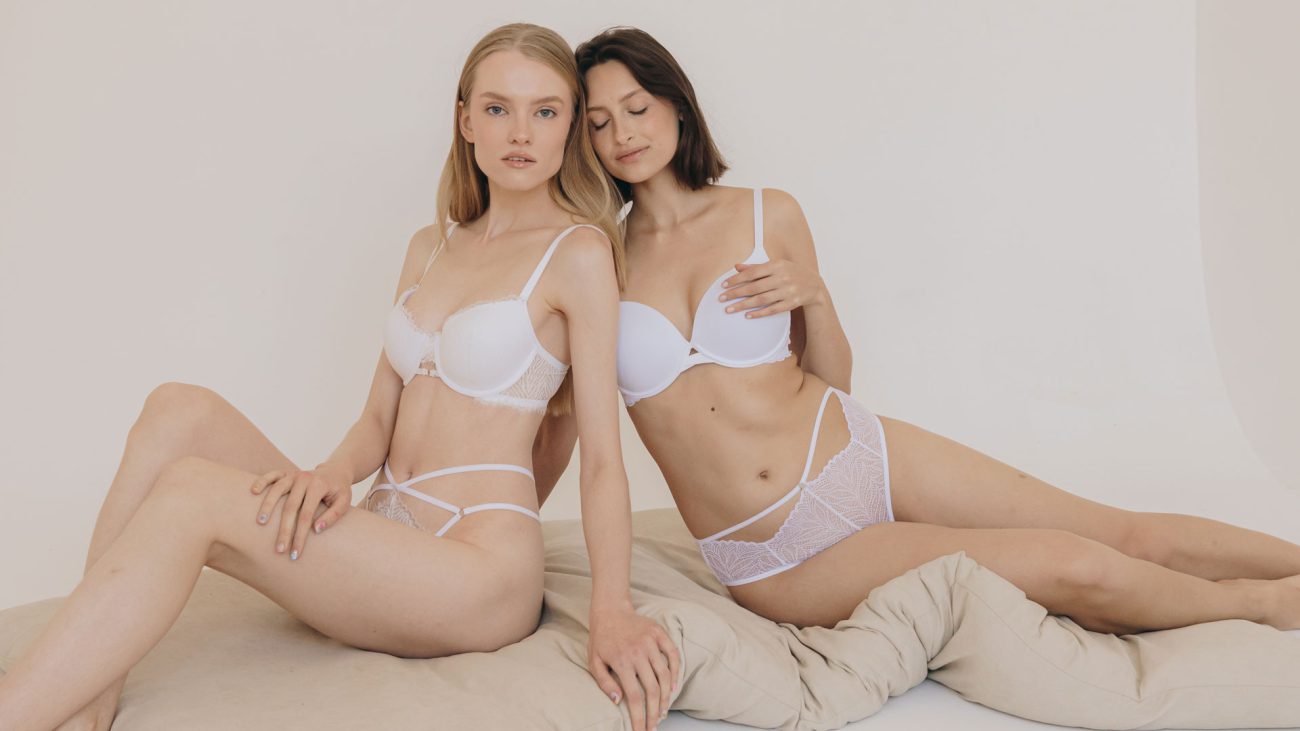
The decision to wear a bra to bed is a matter of personal preference, and opinions on this topic may vary. Here are some considerations to help you decide whether wearing a bra to bed is right for you:
Comfort Level:
Some people find wearing a bra to bed uncomfortable, especially if they prefer the freedom of not having any constriction while sleeping. If you find bras restrictive and experience discomfort, it may be more comfortable to sleep without one.
Breast Support:
On the other hand, some individuals prefer wearing a bra to bed for added support, especially if they have larger breasts. A supportive bra can help minimize breast movement during sleep, reducing the risk of sagging over time.
Material Choice:
If you decide to wear a bra to bed, choose a bra made from a breathable and soft material. Avoid underwire bras, as they can dig into the skin and cause discomfort during sleep. Opt for a wireless, comfortable bra that provides gentle support.
Individual Health Considerations:
Certain health conditions, such as breast pain or discomfort, may influence your decision to wear a bra to bed. If you experience breast-related issues, consult with a healthcare professional for personalized advice.
What Are the Different Kinds of Women’s Underwear?
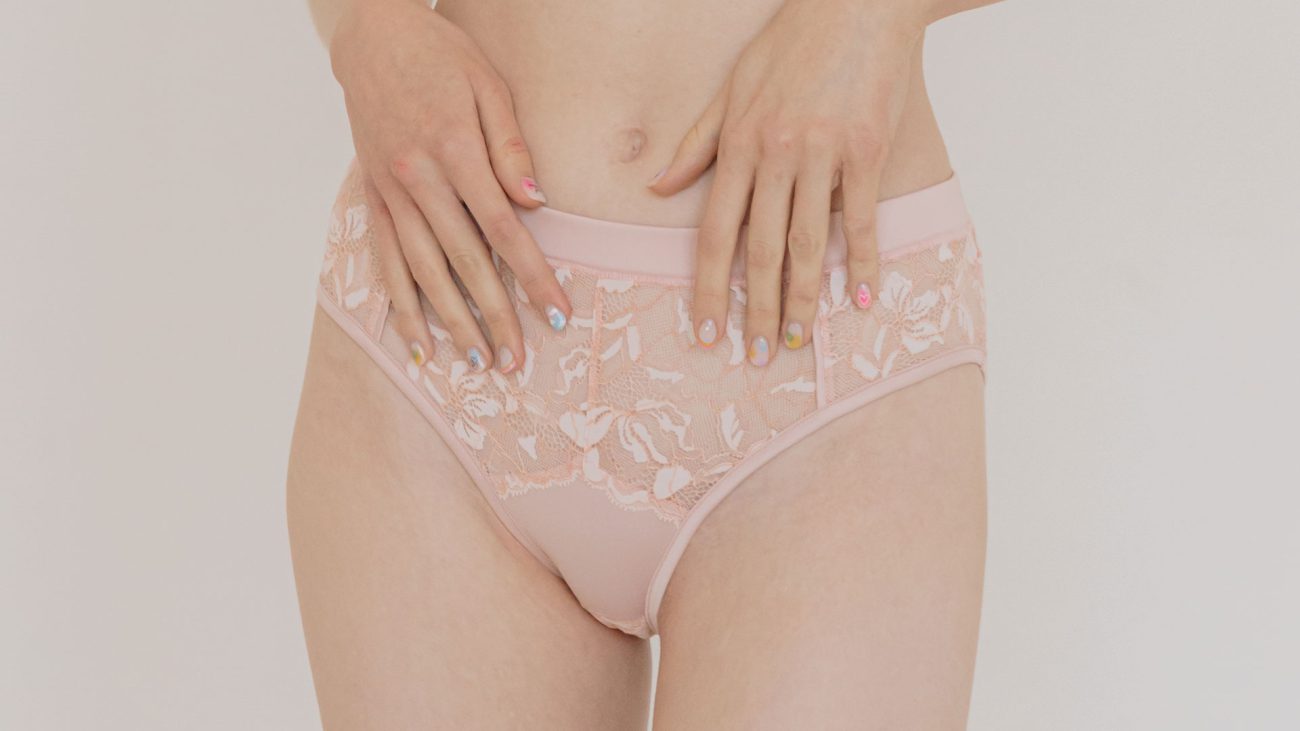
Women’s underwear comes in various styles, each designed for specific purposes and preferences. Here’s an overview of different types of women’s underwear:
Briefs:
Briefs are classic and provide full coverage. They feature a high waistband and extend across the hips, making them a comfortable and practical choice for everyday wear. Briefs come in various rises, including high-cut and low-cut options.
Bikini:
Bikini underwear sits lower on the hips and has a moderate coverage level. It combines comfort with a more modern and stylish look. Bikinis are versatile and suitable for various outfits, making them a popular choice for many women.
Thongs:
Thongs have minimal coverage at the back, with a narrow strip of fabric connecting the front and rear panels. Thongs are ideal for avoiding visible panty lines and are commonly worn with tight-fitting clothing. They come in various styles, including G-strings, which have an even narrower back.
Boyshorts:
Boyshorts resemble men’s briefs but are designed for women. They offer full coverage and have a lower leg cut, extending across the hips. Boyshorts provide a comfortable and flattering fit, making them a popular choice for loungewear.
Hipsters:
Hipster panties sits lower on the hips than briefs but provides more coverage than bikinis. It has a modern and trendy look, with a waistband that rests on the hips. Hipsters are known for their balance between comfort and style.
Shapewear:
Shapewear underwear is designed to smooth and shape the body. It often features compression fabric to create a slimming effect. Shapewear comes in various styles, including briefs, shorts, and bodysuits, catering to different body areas.
Table 3: Comparison of Women’s Underwear Styles
| Style | Coverage | Rise | Common Use |
| Briefs | Full | High | Everyday wear |
| Bikini | Moderate | Low to Mid | Versatile, various outfits |
| Thongs | Minimal | Low | No visible panty lines, tight-fitting clothing |
| Boyshorts | Full | Low | Loungewear, comfort |
| Hipsters | Moderate | Low | Trendy, everyday wear |
| Shapewear | Varies | Varies | Body shaping |
What Kind of Underwear to Use for Gym?
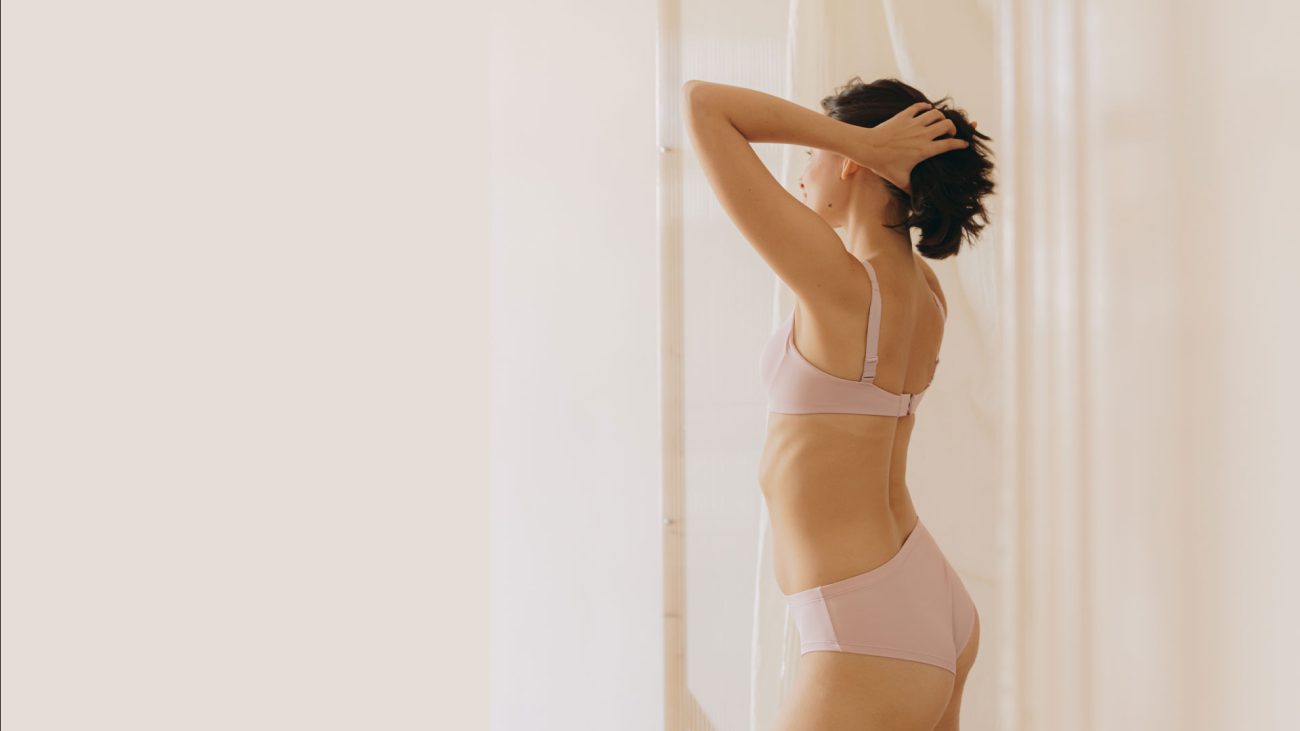
Choosing the right underwear for the gym is crucial for comfort, hygiene, and performance during workouts. Here are some considerations when selecting gym-appropriate underwear:
Moisture-Wicking Fabrics:
Opt for underwear made from moisture-wicking fabrics such as polyester or a blend of synthetic materials. These fabrics help to wick away sweat, keeping you dry and comfortable during intense workouts.
Seamless Construction:
Look for underwear with seamless construction to minimize friction and reduce the risk of chafing. Seamless designs prevent irritation, especially in areas prone to rubbing against workout clothing or equipment.
Breathability:
Choose breathable materials like mesh or performance fabrics that allow proper air circulation. Good ventilation is essential to prevent excessive sweating and maintain a comfortable workout experience.
Supportive Design:
Depending on your workout intensity and the level of support you prefer, select underwear with a supportive design. Some women may opt for sports bras instead of traditional underwear for additional support during high-impact activities.
Active-Specific Styles:
Some brands offer underwear specifically designed for active lifestyles. These styles often feature strategic ventilation, moisture-wicking properties, and a snug fit suitable for various types of physical activity.
Table 4: Features of Ideal Gym Underwear
| Feature | Description |
| Moisture-Wicking Fabrics | Polyester or synthetic blends to wick away sweat |
| Seamless Construction | Minimizes friction and reduces chafing |
| Breathability | Mesh or performance fabrics for proper ventilation |
| Supportive Design | Provides the desired level of support |
| Active-Specific Styles | Tailored for active lifestyles with key features |
Remember that personal preferences vary, so choose gym underwear that aligns with your comfort and performance needs. Additionally, always prioritize proper hygiene by changing out of sweaty underwear promptly after your workout.
In summary, addressing issues of itching, understanding proper washing practices, knowing when to change underwear, deciding whether to wear a bra to bed, exploring different women’s underwear styles, and selecting appropriate gym underwear contribute to overall comfort, hygiene, and well-being.


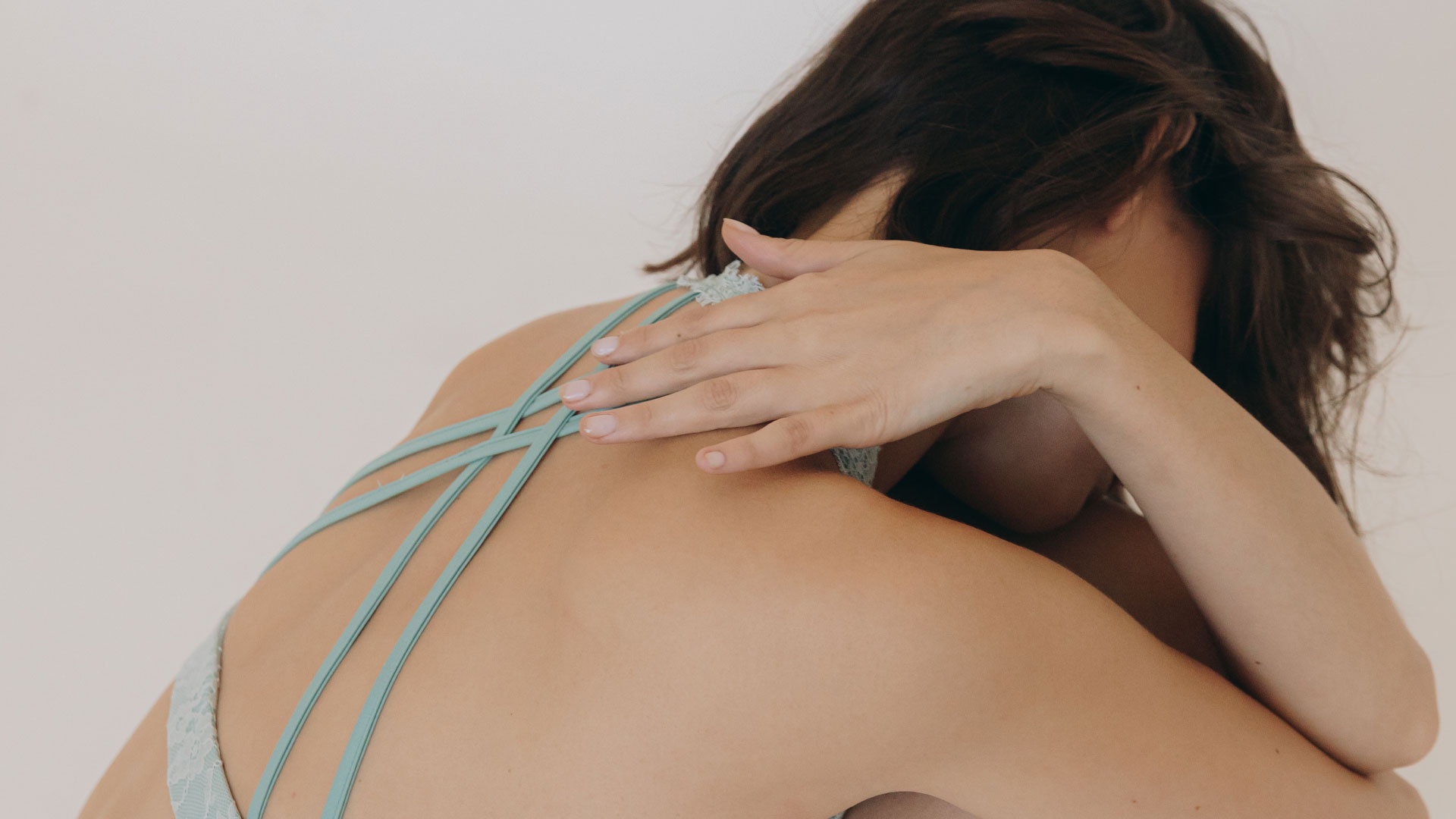

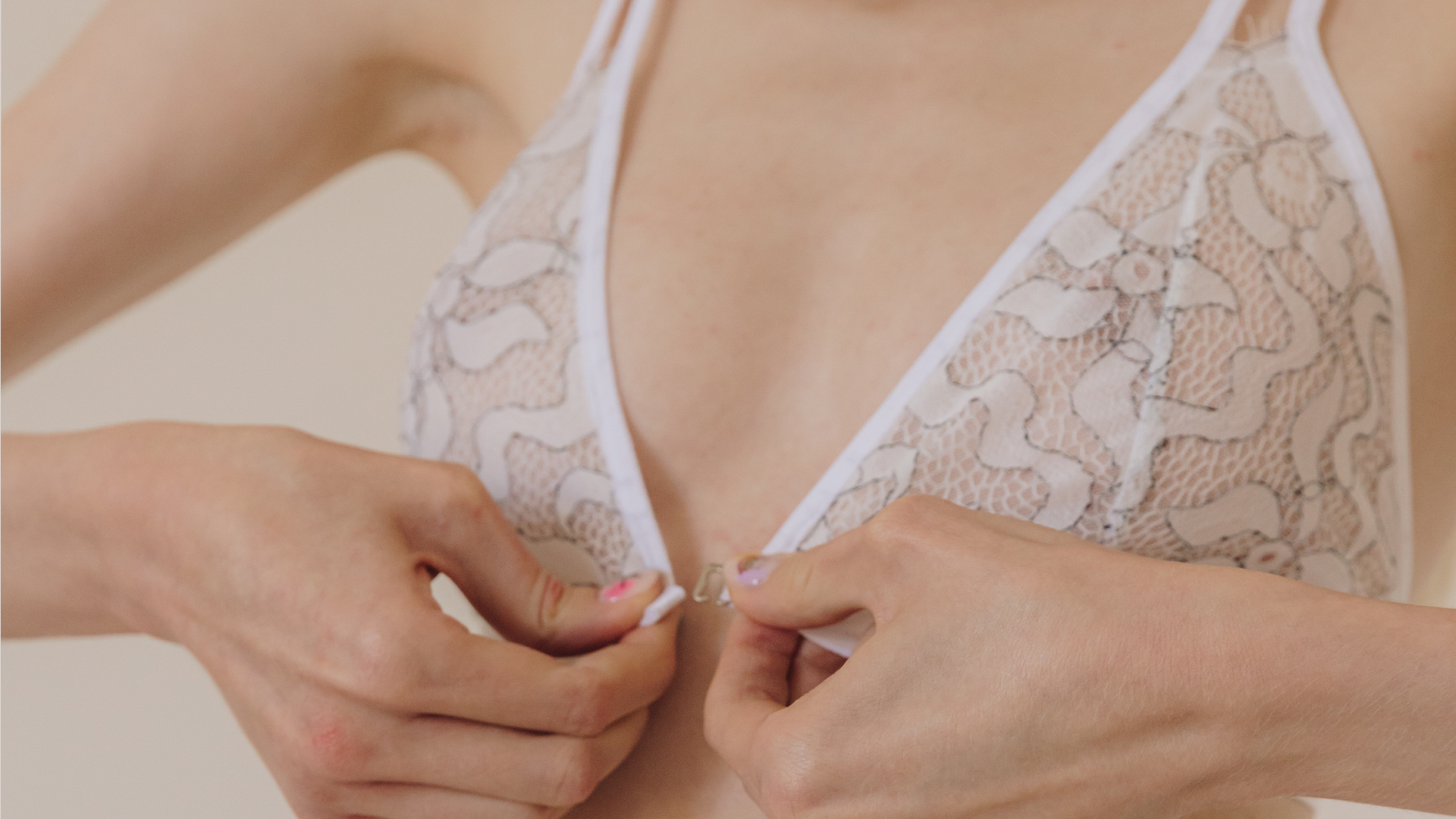

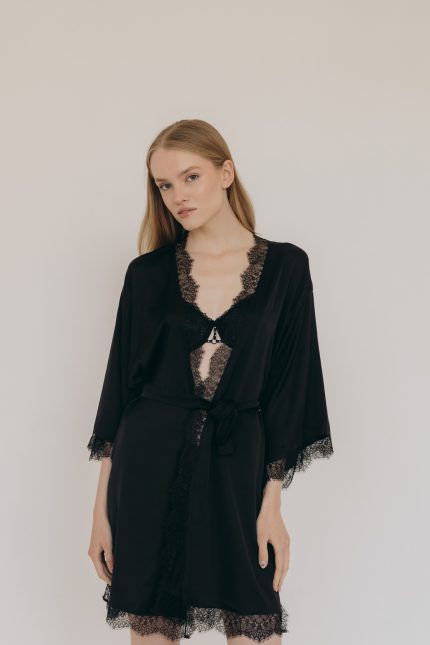
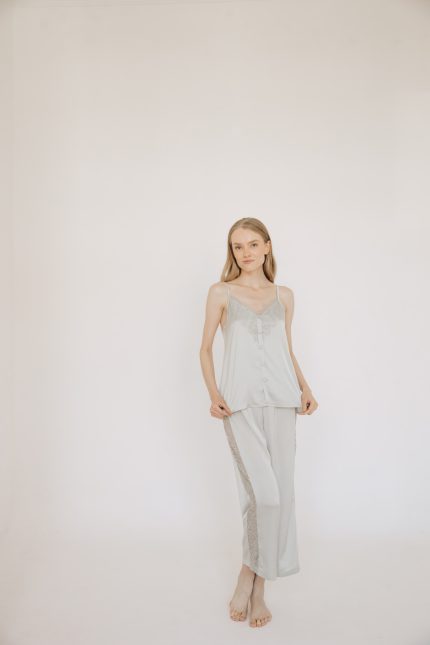

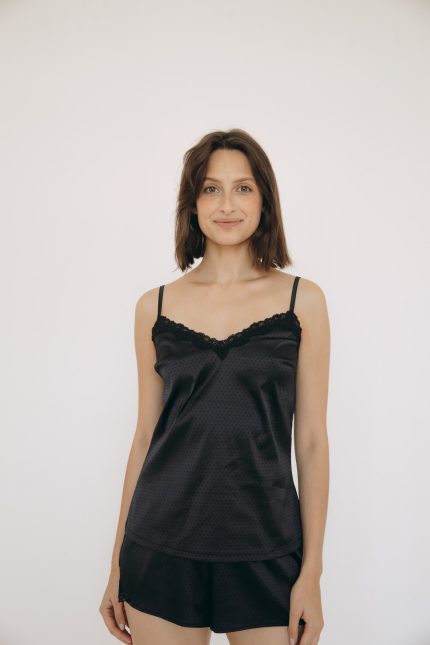
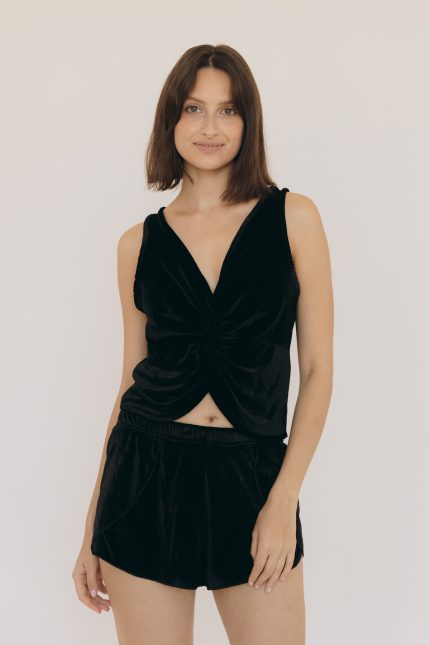
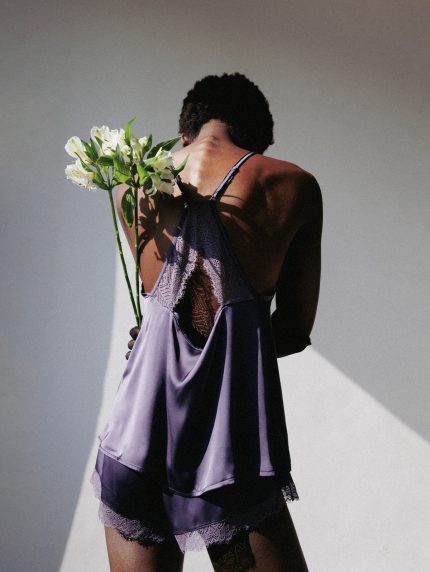
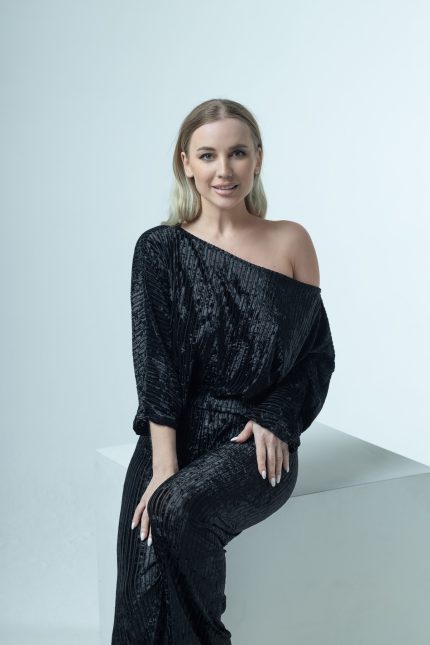
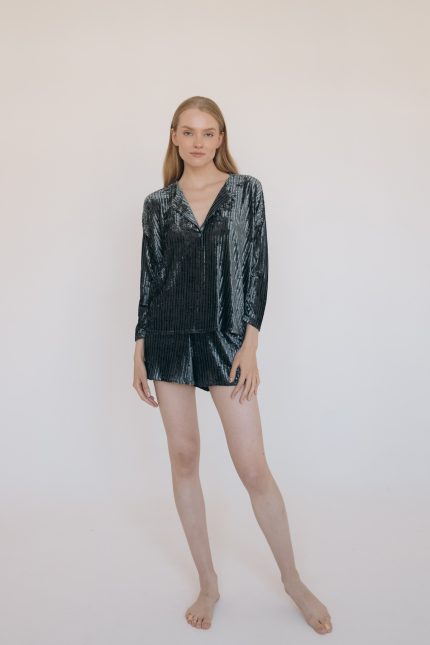

Leave a Reply